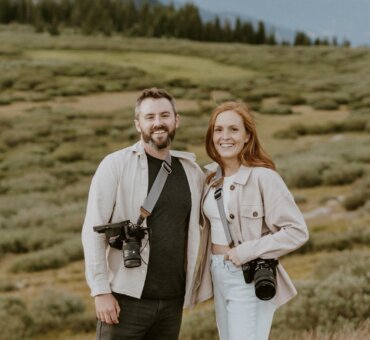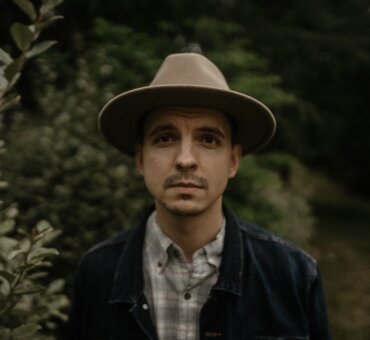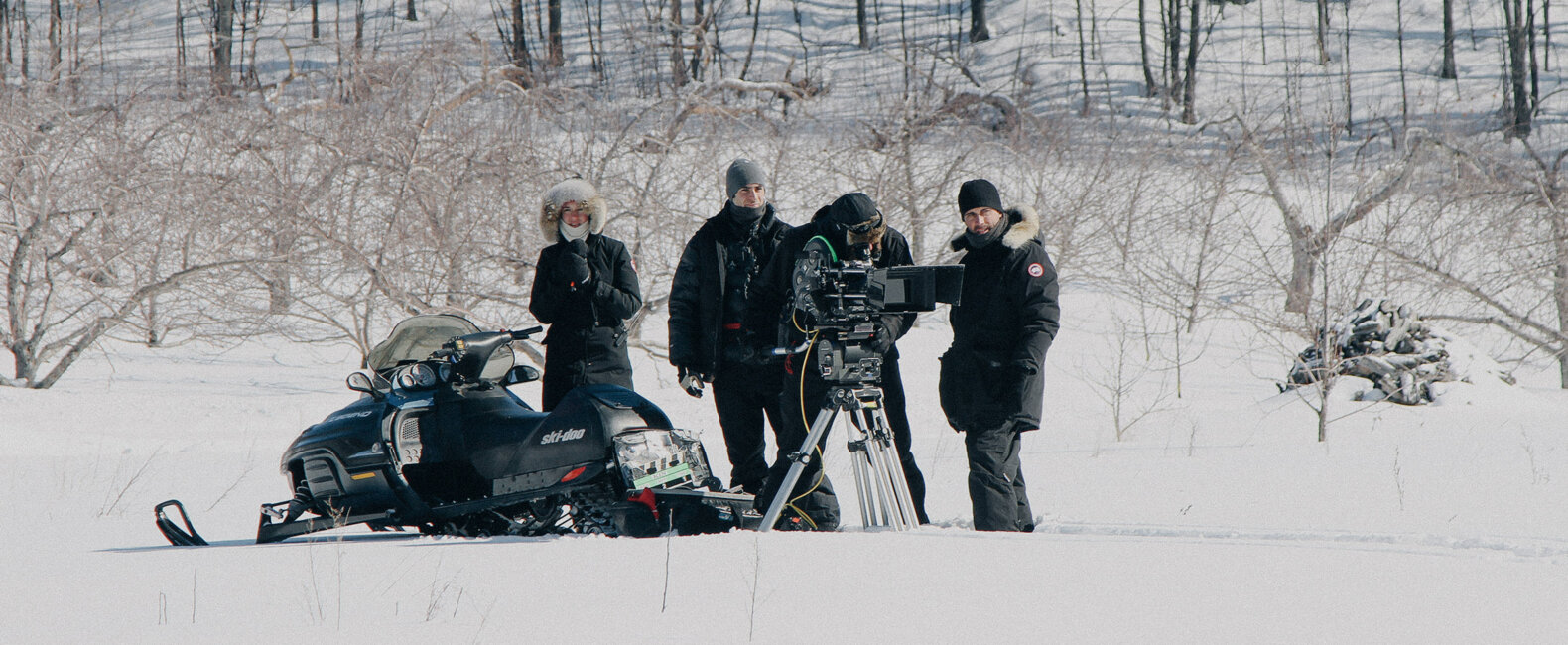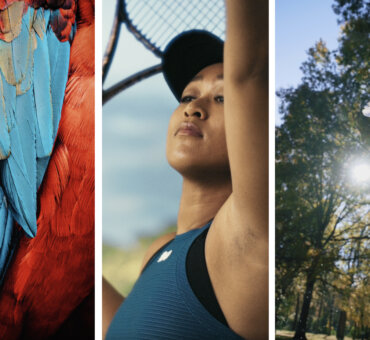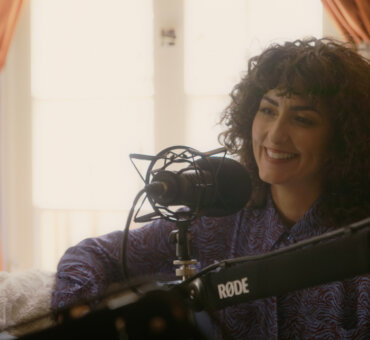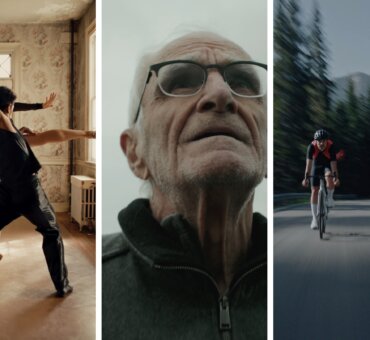Shane Hurlbut, ASC is a legendary cinematographer who’s worked on such blockbusters as Into the Blue (2005), Terminator Salvation (2009), and Act of Valor (2012). After putting this much time into the business, he knows a thing or two about creativity, community, and collaboration. When we talked to Shane, he was color correcting his latest film, Need for Speed (2014), and he graciously took a break to let us hound him with our questions.
How do you approach collaboration as a cinematographer?
I always listen to the director’s vision first. I enjoy collaborating with the director by listening to his or her ideas and then generating visuals to help tell the story. Many times the director wants to know my opinion about character arcs and pacing. It’s the synergy of that relationship and the input received from the entire team that delivers a high-quality product.

So coming in with a strong vision helps you find who you should—and shouldn’t—collaborate with?
It depends. But being prepared with a list of ideas about the characters, the mood, the tone, and references is essential. Here’s an example. For The Greatest Game Ever Playedinterview, I walked into the room, sat down with the director Bill [Paxton], and he said, “You know, I really want to tell this story a different way. There have been a lot of golf movies, but they haven’t been that exciting.” I said, “Well, you know, so many of these period pieces have been sepia-toned and desaturated in yellowish tones. What if we go about it a different way?” I told him I’d really responded to a book called Bound for Glory that was filled with images of old, reclaimed Kodachrome prints from 1939 to 1943. I showed him the book, and he said, “Oh really? That’s what you think it should look like? How about if I grab my reference book?” It was the exact same book. From that point on, I knew it was going to be a wonderful collaboration.
So I guess the biggest part of collaboration is just finding the right people to collaborate with in the first place.
In my opinion, it’s about finding a wonderful, creative relationship. The Austrian director of Deadfall, Stefan Ruzowitzky, speaks English as a second language. Nevertheless, after spending just two weeks scouting and storyboarding together, he’d start a sentence, and I could finish it for him. This is the power of the director-cinematographer relationship, and it infused that film with a very unique look and feel. You have to find that wonderful mix of personality, passion, and vision. That is the secret recipe for success.
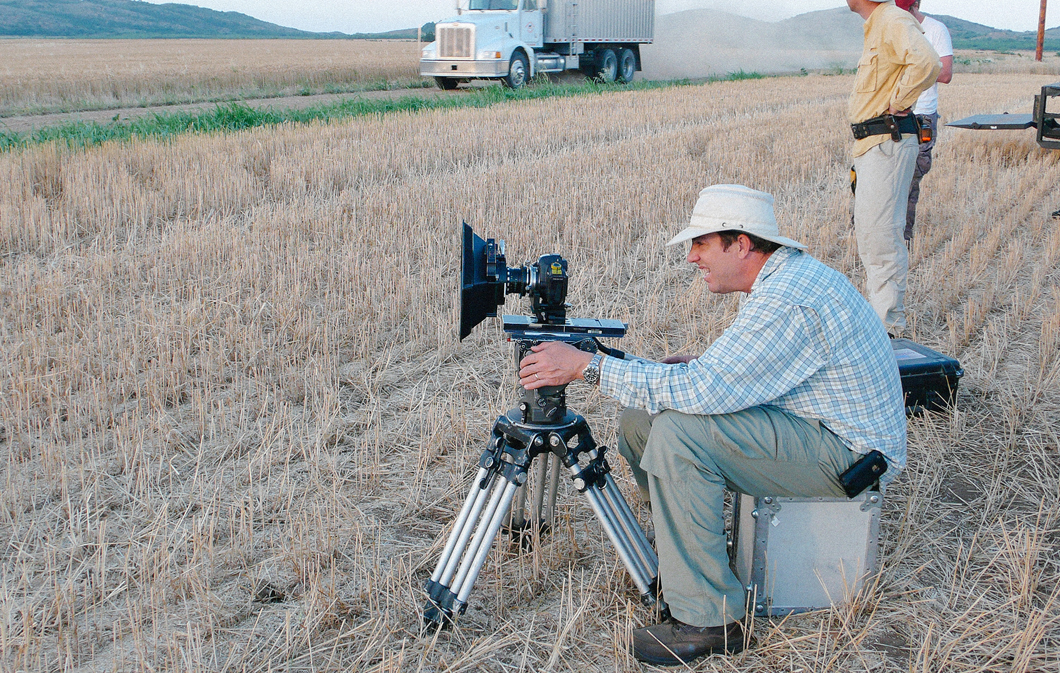
So assuming you find someone you want to collaborate with, how do you deal with those situations where you don’t see eye to eye?
Okay, another example: Crazy/Beautiful. I came into Crazy/Beautiful and met with the director, John Stockwell. Right from the beginning, his style and approach was unique and unfamiliar to me. As we discussed the movie, our vision was the same in that we didn’t want stereotypical California sun-bleached beaches with poppy colors. Stockwell’s vision for the film was a very intimate run and gun where we had the ability to react on the day and to individual serendipity moments that the characters delivered. I’d just shot The Skulls for Universal Pictures, which was planned and choreographed. John’s style was much more impromptu. So together, we created a very fresh, intimate, and engaging love story. His approach to that film opened my mind to think in a completely different way, and I use it to this day. With each director, there are unique elements in our working style that I then integrate with my own approach in order to expand myself as an artist.
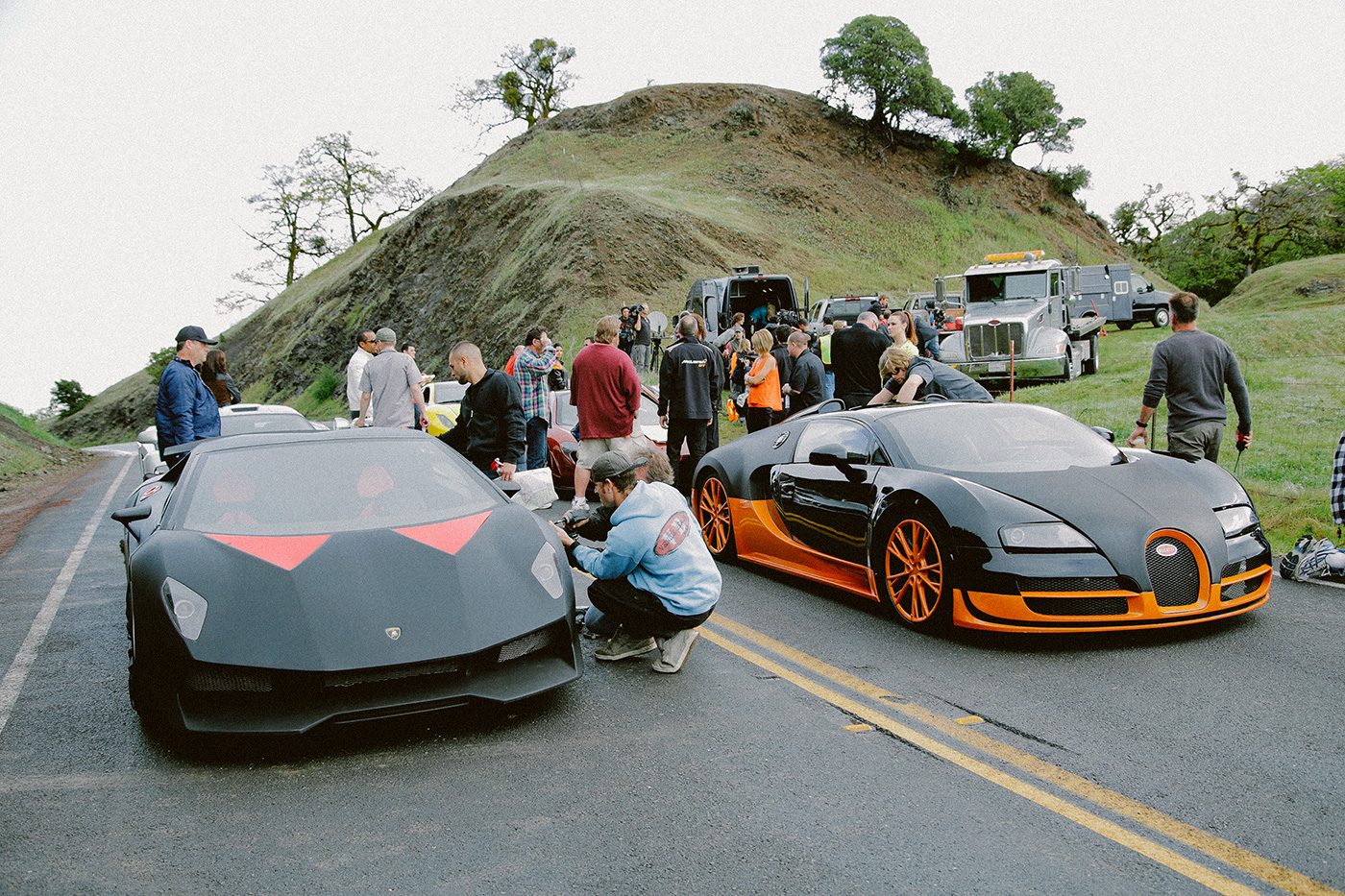
So do you think friction can be good for creativity?
Most definitely. I believe anytime you have some difference of opinion, it can only help with the creative process. You don’t always have to see eye to eye because with passion and creative personalities, greatness comes from dissenting viewpoints. I think it’s about being open to listening—being willing to realize, Oh yeah. Of course. That’s exactly the way we’ve got to do it. And that happens on a daily basis. That’s just good movie making.
Finding your point of view and leaning into creative friction isn’t easy, but it’s one of the most important parts of collaboration. Like it did for Shane, friction can form you as an artist. There’s an old principle in screenwriting: Conflict reveals character. Collaboration helps us find out who we are.





































































